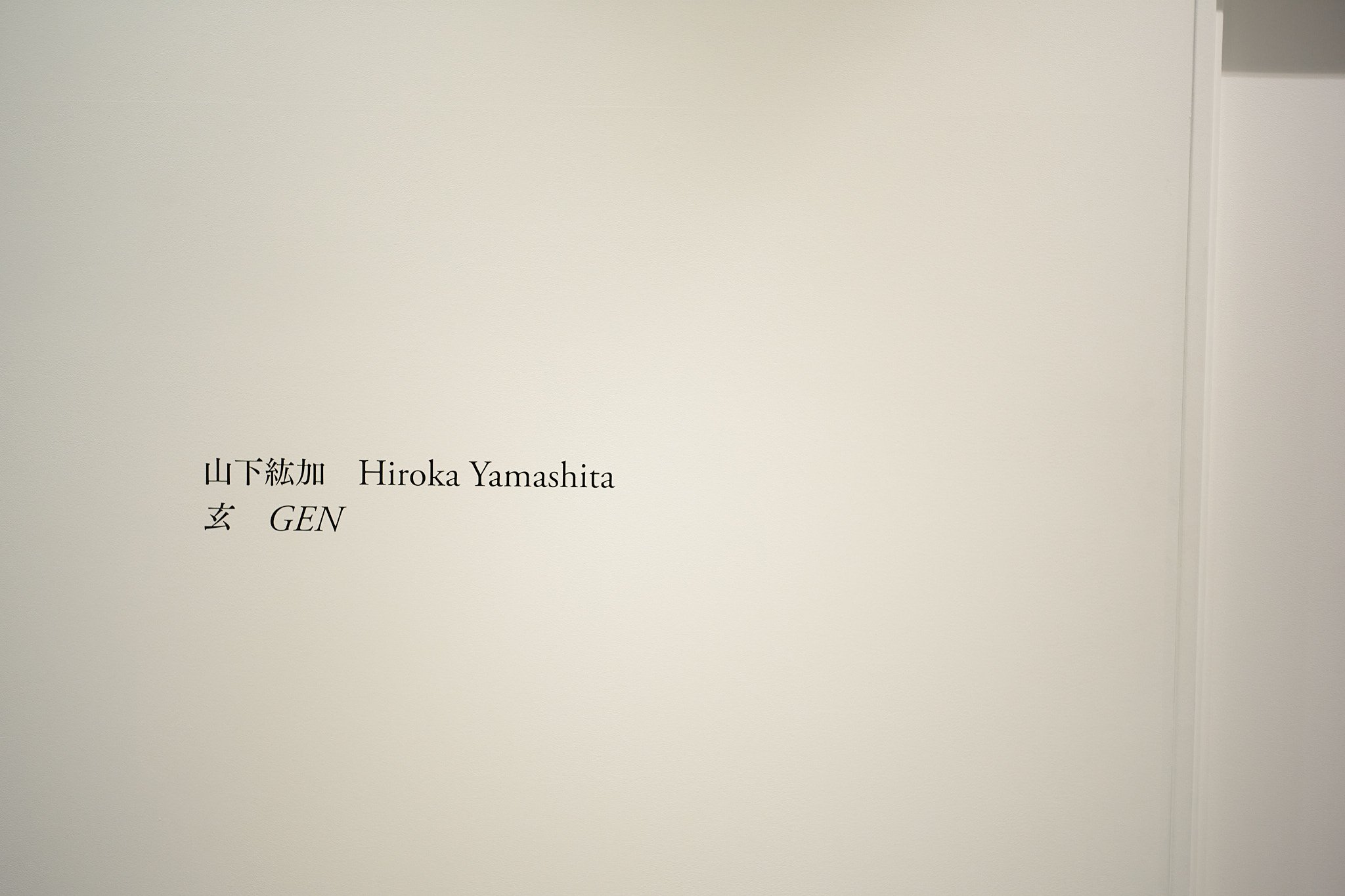One can imagine the drawings »24 Short Pieces« as moments of a journey through a changing landscape of changing seasons. But at the same time they are the memory, the subjective recollection of what was seen. But finally they do not tell us how something could have been. In a deep space without degrees - the place of their origin - with flowing transitions between memory and projection, between the intellect and sureness of the hand, they assume their own reality. No metaphysics and axiomatics lead us behind the unrecognizable space of this physiognomy, because its written words have disappeared. The lightness, the transparent materiality is only an apollonic image of reflection, no more than an echo.
Heiner Bastian























